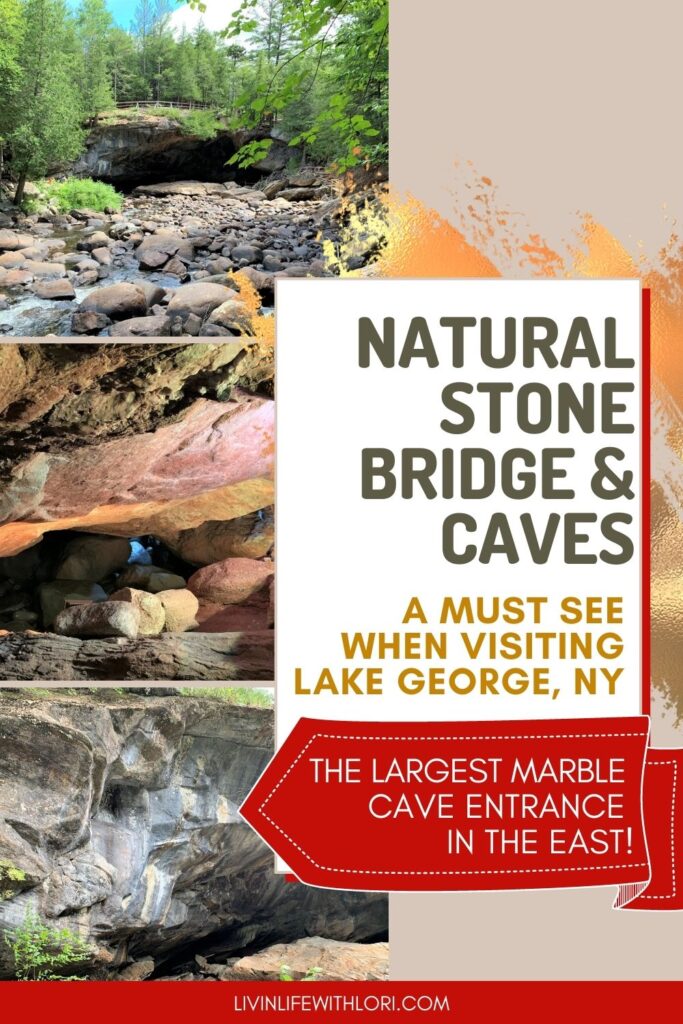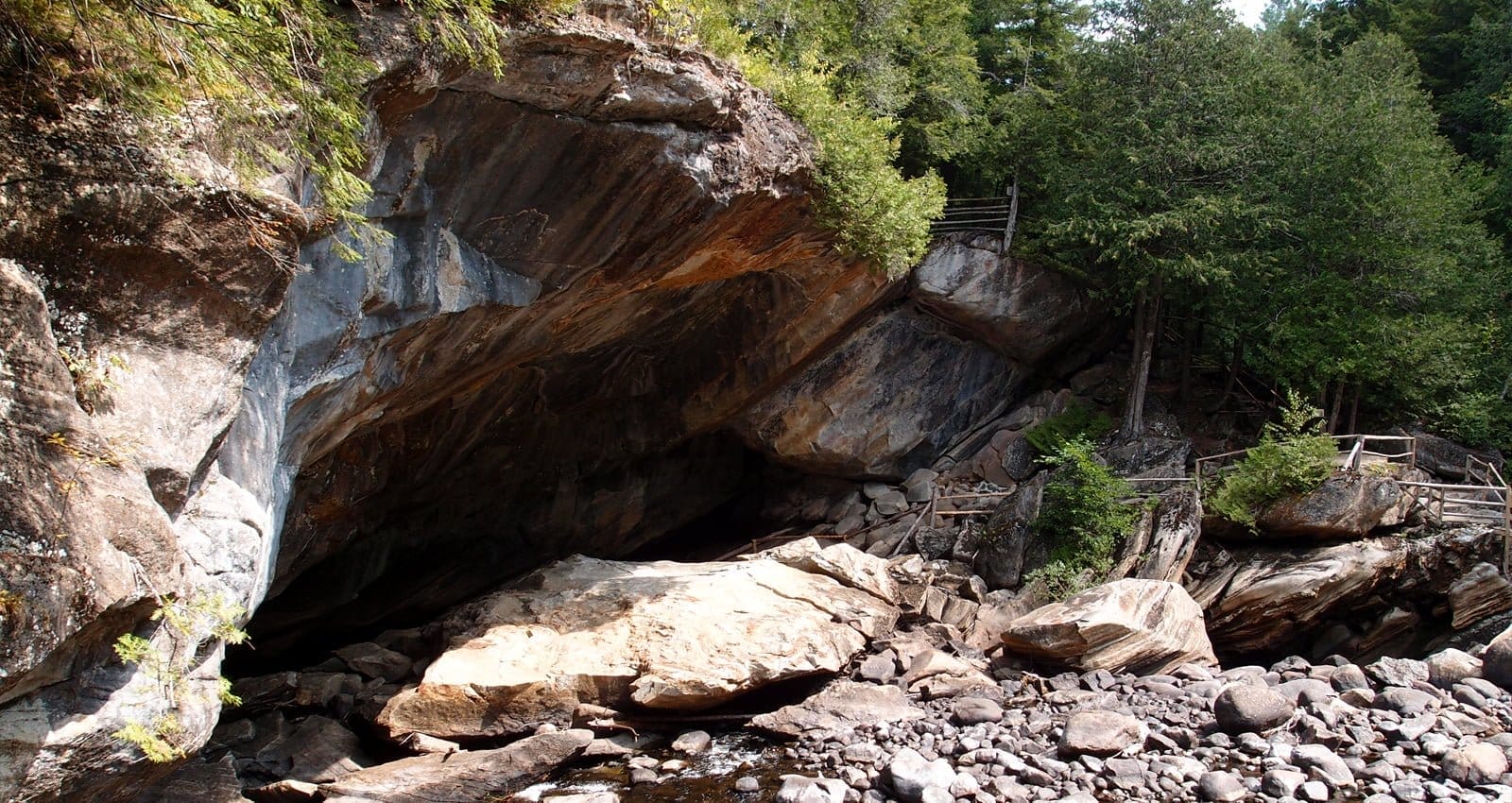Embarking on a journey to explore the marvels of natural stone bridges and caves offers an unparalleled experience into Earth’s geological wonders. These timeless formations have captivated scientists, adventurers, and nature enthusiasts for centuries. From their intricate creation to their awe-inspiring beauty, natural stone bridges and caves provide a glimpse into the planet’s ancient history and its continuous evolution.
Nature has an extraordinary ability to shape the world around us, crafting structures that rival the most intricate man-made designs. Among these wonders, stone bridges and caves stand out as some of the most extraordinary natural formations. They are not merely geological features but living monuments to the enduring power of time and nature’s boundless creativity.
In this article, we will delve into the captivating world of natural stone bridges and caves, exploring their formation, significance, and the best locations to experience them. Whether you're a geology enthusiast, a travel aficionado, or someone who simply appreciates the natural world's beauty, this exploration will leave you in awe of Earth’s hidden treasures.
Read also:Randy Travis An Inspiring Journey Through Aphasia
Table of Contents
- Understanding the Formation of Natural Stone Bridges and Caves
- The Importance of Natural Stone Bridges and Caves
- A Historical Overview of Natural Stone Bridges and Caves
- Top Destinations to Discover Natural Stone Bridges and Caves
- Unique Ecosystems Within Natural Stone Caves
- The Role of Tourism in Protecting These Natural Wonders
- Scientific Discoveries About Stone Bridges and Caves
- Efforts to Conserve Natural Stone Bridges and Caves
- Adventure Activities Around Stone Bridges and Caves
- The Future of Natural Stone Bridges and Caves
Understanding the Formation of Natural Stone Bridges and Caves
Natural stone bridges and caves are the result of geological processes that unfold over millions of years. These breathtaking structures are primarily shaped by water, wind, and the relentless passage of time. In this section, we will uncover the mechanisms behind their creation.
Water Erosion: The Driving Force
Water is the primary architect behind the formation of both stone bridges and caves. Rivers and streams gradually carve through rock formations, creating arches and tunnels. Over millennia, the persistent flow of water can lead to the formation of stunning natural bridges. Similarly, caves often emerge when water infused with carbonic acid infiltrates limestone, dissolving the rock and forming expansive cavernous spaces.
Wind and Weathering: Nature's Sculptors
Wind and weathering also play significant roles in shaping stone bridges and caves. In arid regions, wind relentlessly erodes rock formations, sculpting them into unique and intricate structures. Weathering processes, such as freeze-thaw cycles, further weaken the rock, enabling water to penetrate deeper and accelerate the formation of these natural wonders.
The Importance of Natural Stone Bridges and Caves
Beyond their visual appeal, natural stone bridges and caves hold immense importance across various fields. They serve as invaluable resources for scientific research, cultural heritage, and environmental conservation.
Scientific Research: Unlocking Earth's Secrets
Geologists and scientists study stone bridges and caves to gain insights into Earth's geological history. These formations act as windows into the processes that have shaped our planet, offering clues about past climates and geological events. By examining these structures, researchers can better understand the Earth's dynamic history.
Cultural Heritage: Connecting with the Past
Many stone bridges and caves have deep cultural and historical significance. They have served as shelters, religious sites, and fortresses for ancient civilizations. Exploring these sites allows us to connect with the past and appreciate the ingenuity of our ancestors, fostering a deeper understanding of human history.
Read also:Unveiling The World Of Hello Kitty A Journey Through Time
A Historical Overview of Natural Stone Bridges and Caves
The history of natural stone bridges and caves is as diverse and rich as the formations themselves. From ancient myths to modern-day exploration, these natural wonders have captivated human imagination throughout the ages.
Myths and Legends: Stories That Inspire
Countless cultures have woven myths and legends around stone bridges and caves. These tales often attribute supernatural powers to these formations, emphasizing their mysterious and awe-inspiring nature. Such stories not only entertain but also highlight the profound impact these formations have had on human culture.
Modern Exploration: Unveiling New Discoveries
With advancements in technology, scientists and adventurers have been able to explore these formations more comprehensively. Modern mapping techniques and geological studies have revealed new insights into their formation and significance, expanding our understanding of these natural wonders.
Top Destinations to Discover Natural Stone Bridges and Caves
For those eager to witness the breathtaking beauty of natural stone bridges and caves firsthand, numerous locations around the world offer unforgettable experiences.
The Natural Bridge in Virginia, USA
One of the world's most renowned stone bridges, the Natural Bridge in Virginia, is a must-visit site. This majestic limestone arch spans 215 feet and has been a popular tourist attraction for centuries, drawing visitors from all corners of the globe.
The Caves of Altamira, Spain
The Caves of Altamira are celebrated for their prehistoric cave paintings, dating back over 35,000 years. These caves provide a glimpse into the artistic achievements of early humans, making them a treasure trove of cultural and historical significance.
Unique Ecosystems Within Natural Stone Caves
Natural stone caves are not just geological wonders but also home to distinct ecosystems. These underground environments support a wide variety of flora and fauna, many of which have adapted to the dark, humid conditions.
Blind Cave Fish: Creatures of Darkness
One of the most intriguing inhabitants of stone caves is the blind cave fish. These fish have evolved without eyes, relying on heightened senses to navigate their pitch-black surroundings. Their adaptation to such extreme conditions is a testament to nature's resilience.
Bat Colonies: Guardians of the Caves
Caves often serve as habitats for large colonies of bats. These creatures play a crucial role in pollination and pest control, making them indispensable components of cave ecosystems. Their presence contributes to the delicate balance of life within these subterranean worlds.
The Role of Tourism in Protecting These Natural Wonders
Tourism can be both a boon and a challenge for natural stone bridges and caves. While it offers economic benefits and raises awareness, it can also lead to environmental degradation if not managed responsibly.
Sustainable Tourism Practices: Preserving the Natural Balance
Efforts are underway to promote sustainable tourism practices that minimize the impact on these natural formations. This includes limiting visitor numbers, enforcing strict guidelines, and investing in conservation projects. By adopting sustainable practices, we can ensure that these wonders remain intact for future generations.
Community Involvement: Empowering Local Guardians
Local communities often play a pivotal role in the preservation of stone bridges and caves. By involving them in tourism initiatives, we can foster a sense of ownership and responsibility, ensuring that these sites are protected with care and dedication.
Scientific Discoveries About Stone Bridges and Caves
Scientific research continues to uncover groundbreaking information about the formation and characteristics of stone bridges and caves. Advances in technology have enabled researchers to study these formations in unprecedented detail.
Carbon Dating: Unlocking the Secrets of Time
Carbon dating is a technique used to determine the age of stone formations. By analyzing the carbon content in the rock, scientists can estimate when the formation occurred, providing valuable insights into Earth's history and the timeline of geological events.
3D Mapping: Bringing the Underground to Life
Modern 3D mapping technology allows researchers to create detailed models of stone bridges and caves. These models serve multiple purposes, from educational tools and virtual tours to conservation efforts. By visualizing these formations in three dimensions, we gain a deeper appreciation for their complexity and beauty.
Efforts to Conserve Natural Stone Bridges and Caves
Preserving natural stone bridges and caves requires a collaborative effort from governments, organizations, and individuals. Various conservation initiatives have been implemented to safeguard these invaluable natural resources.
National Parks and Reserves: Legal Protections for Nature's Treasures
Many stone bridges and caves are located within national parks and reserves, providing them with legal protection. These protected areas are carefully managed to ensure that the natural formations remain intact and undisturbed.
Public Awareness Campaigns: Educating the Masses
Raising public awareness about the importance of stone bridges and caves is crucial for their preservation. Educational campaigns and outreach programs aim to inform people about the significance of these formations and how they can contribute to their protection. By spreading knowledge, we empower individuals to make a difference.
Adventure Activities Around Stone Bridges and Caves
For adventure enthusiasts, natural stone bridges and caves offer a wealth of exciting opportunities. From hiking to spelunking, there are countless ways to explore these natural wonders and immerse oneself in their beauty.
Hiking Trails: A Path to Discovery
Many stone bridges and caves are accessible via hiking trails, allowing visitors to experience the beauty of these formations up close. These trails often wind through breathtaking landscapes, enhancing the overall adventure and providing a deeper connection to nature.
Spelunking: Exploring the Hidden Depths
For those seeking a more immersive experience, spelunking offers the chance to explore the hidden depths of stone caves. This activity requires specialized equipment and skills but provides a unique perspective on these underground marvels, making it an unforgettable adventure.
The Future of Natural Stone Bridges and Caves
As we look to the future, the preservation and exploration of natural stone bridges and caves remain vital priorities. Advances in technology and increased awareness will play key roles in ensuring that these natural wonders continue to inspire and educate generations to come.
Technological Advancements: Enhancing Our Understanding
Future advancements in technology will likely enhance our ability to study and preserve stone bridges and caves. From advanced mapping tools to AI-driven conservation efforts, the possibilities for innovation are endless. These technologies will help us better understand and protect these precious formations.
Global Collaboration: Working Together for a Shared Future
Global collaboration is essential for the protection of these natural formations. By working together, nations and organizations can share knowledge, resources, and strategies to ensure the long-term survival of stone bridges and caves. Through collaboration, we can safeguard these treasures for future generations.
Kesimpulan
In summary, natural stone bridges and caves are among the most remarkable natural formations on Earth. Their formation, significance, and beauty make them invaluable resources for scientific research, cultural heritage, and environmental conservation. As we continue to explore and preserve these wonders, it is crucial that we do so in a sustainable and responsible manner.
We invite you to share your thoughts and experiences in the comments below. Have you had the opportunity to visit any of these incredible formations? What insights did you gain? Additionally, don't hesitate to explore our other articles for more fascinating insights into the wonders of the natural world. Together, we can celebrate and protect Earth's hidden treasures.


